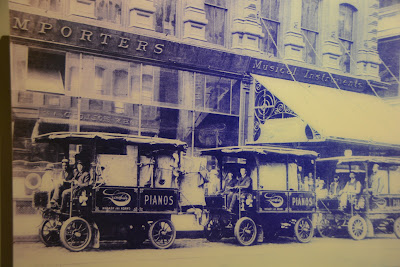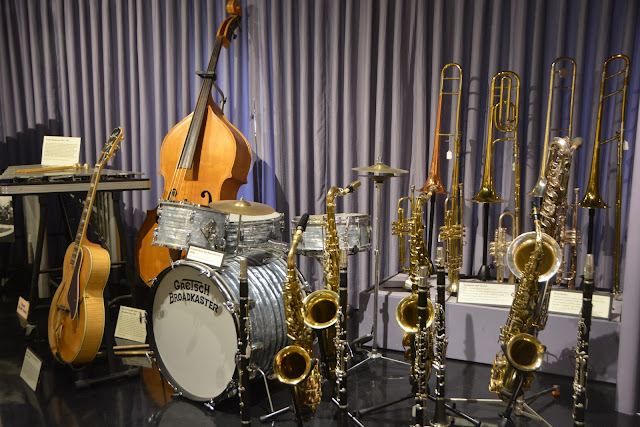Sonata Form has 3 parts.
1. Exposition
2. Development
3. Recapitulation
Exposition |
| Theme 1 |
The movement starts with the exposition. It usually has two themes with different moods. The first theme is in the keys of the piece and the other is in the dominate or relative major keys. This means the movement starts in one mood and then shifts to a related but different feeling and key. So for example, it might begin in A minor and then switch to C major. The two themes are connected by a transition section that leads from one to the next. There might be a closing theme at the end of the exposition.
 |
| Theme 2 in a different key |
Development
After starting music of the exposition, the development section explores the themes. The composer plays with different harmonies and might add accidentals or change the key (modulate).
 |
| The composer tries different ideas with his themes. |
Recap
After wandering around and exploring his ideas, the composer returns to his original themes. The two main themes return, but this time the second theme stays in original key of the piece. A closing section, called a coda, might end the piece.
 |
| The composer comes back to his original themes - both in the first key of the piece. |
Sonatas became popular during the 1600s. Before then composers mostly wrote works for singers, but now people became interested in music for instruments. During the classical period Haydn, Mozart, and Beethoven wrote many sonatas and came up with some ideas for how a sonata should be written.
One of the ideas that became common was the sonata form. This was a way of organizing musical ideas and was usually used in the first movement of a sonata (also called the sonata allegro form).
The sonata form is just a blueprint for composers. Many sonatas break the rules and take liberties. For example, Beethoven added instructions in some of his sonatas (Pathetique). The sonata form can be found in many other types of musical works including symphonies.
Pathetique, Moonlight & , Appassionata Sonatas
To my readers, thanks for your emails regarding the Classical period of music.
Kind regards,
To my readers, thanks for your emails regarding the Classical period of music.
Kind regards,

"Jazz washes away the dust of every day life." -- Art Blakey







